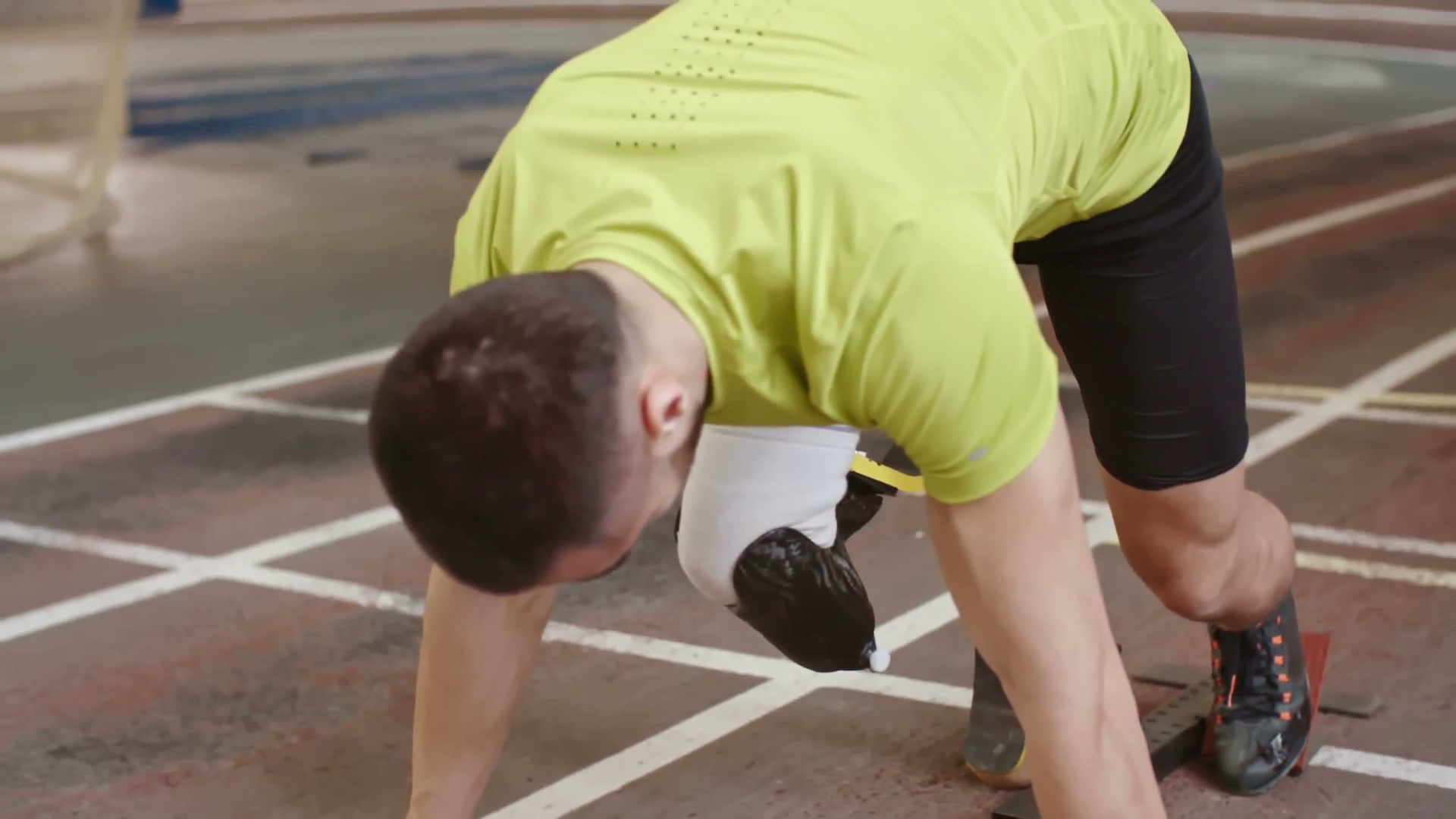Adaptive Sports for People who Wear Prosthetic Limbs
Staying fit is an endeavour that requires a lot of discipline and hard work. When one lives with disability, such as prosthetic limbs, staying fit comes with additional challenges.


Slide 1 Heading
Lorem ipsum dolor sit amet, consectetur adipiscing elit. Suspendisse varius enim in eros elementum tristique. Duis cursus, mi quis viverra ornare.
Button Text